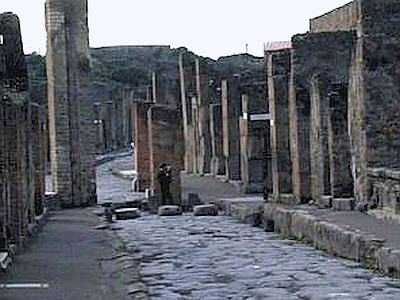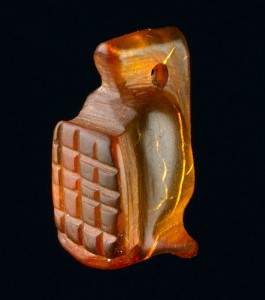University of Oxford Online Courses in Archaeology
 Cave paintings, castles and pyramids, Neanderthals, Romans and Vikings - archaeology is about the excitement of discovery, finding out about our ancestors, exploring landscape through time, piecing together puzzles of the past from material remains.
Cave paintings, castles and pyramids, Neanderthals, Romans and Vikings - archaeology is about the excitement of discovery, finding out about our ancestors, exploring landscape through time, piecing together puzzles of the past from material remains.
These courses enable you to experience all this through online archaeological resources based on primary evidence from excavations and artefacts and from complex scientific processes and current thinking. Together with guided reading, discussion and activities you can experience how archaeologists work today to increase our knowledge of people and societies from the past.
The following courses are available:
- Archaeology in Practice
- Archaeology of the Bible Lands
- Exploring Roman Britain
- Greek Mythology
- Origins of Human Behaviour
- Pompeii and the Cities of the Roman World
- Ritual and Religion in Prehistory
- Vikings: Raiders, Traders and Settlers









